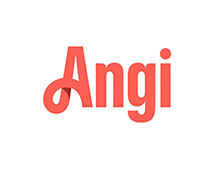
- Consumers are expected to spend $8.4 billion on Halloween this year. An all-time high according to the National Retail Federation.
- More than 171 million Americans plan to celebrate Halloween this year, spending an average $82.93 that’s up from last year’s spending of $74.34.
- While most of us think of pumpkins for carving the perfect Jack O’Lantern, the tradition years ago started with carving turnips. (See item #7 for more on this).
- The witch costume is ever-popular. The term “witch” actually refers to an Old English word “wicce” which means wise woman. These women were highly respected in the community and even held one of their main meetings on Halloween night.
- Before trick or treating, there was “souling” which happened on November 1: the poor would go door-to-door offering prayers for the dead. They would be given soul cakes.
- If you use Silly String in Hollywood on Halloween, you could be fined $1,000 and/or six months in jail. It’s been banned since 2004 because it was used to “vandalize” the streets.
- The Irish myth about a man nicknamed “Stingy Jack” is where Jack O’Lanterns come from. The idea is that Jack O’Lanterns, (originally carved from turnips) protect the soul and keep evil spirits away.
- A full moon on Halloween is rare. The next one will happen in 2020.
- Superhero costumes are the top pick for Halloween costumes for kids. The princess costumes have been the most popular for more than a decade.
- Love it or hate it: 35 million pounds of candy corn are produced annually.
- Ever heard of Trunk or Treating? Car owners park in a circle and open up their trunks to hand out candy in school or church parking lots in an effort to keep kids safe and off the streets at night.
- 20 million Halloween cards are sent to loved ones.
- Some states ban trick or treating if you’re a teen. Towns, in Illinois, Maryland, Mississippi and Virginia, ban children over the age of 12 from trick-or-treating but the penalty is likely a warning rather than the potential $100 to $1,000 fine.






